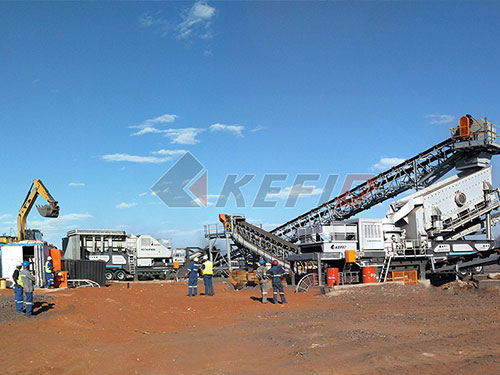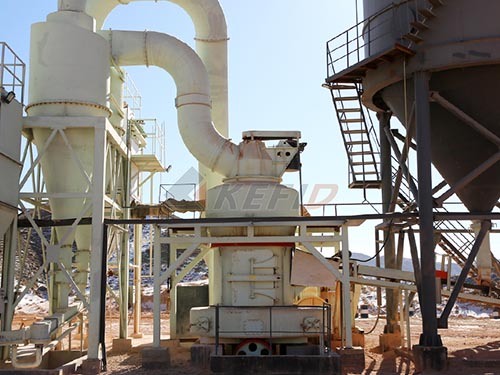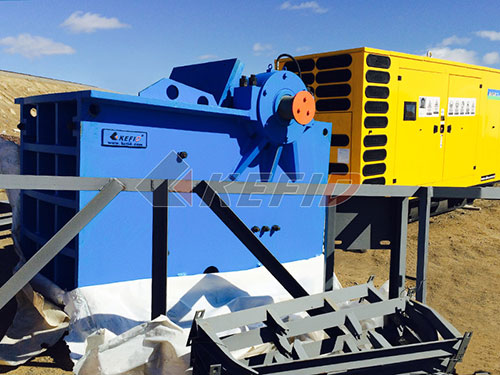
Strategic Investment Analysis: Deploying a 500 TPH Stationary Crushing Plant for Large-Scale Mining Operations in the DRC
Introduction: The Imperative of Efficient Ore Preparation
For large-scale mining operations in the resource-rich but logistically complex Democratic Republic of Congo (DRC), optimizing mineral extraction hinges significantly on efficient primary processing. A robust stationary crushing plant forms the bedrock of this process flow sheet. Selecting and deploying a high-capacity system rated at 500 tonnes per hour (TPH) represents a major capital expenditure decision with profound implications for operational efficiency, project economics over its lifespan (LOM), and ultimately profitability within challenging environments like Katanga or Lualaba provinces.

Understanding the Core Function & Components
A stationary crushing plant designed for large mines operates as the initial stage where blasted run-of-mine (ROM) ore undergoes size reduction to facilitate downstream processing – whether via milling circuits for base metals like copper/cobalt or dense media separation/diamond recovery circuits.
A typical high-capacity 500 TPH stationary plant configuration includes:
1. Primary Crushing Stage: A heavy-duty jaw crusher or large gyratory crusher capable of handling massive feed sizes directly from haul trucks (often up to 1000-1500mm). This stage reduces ROM ore to manageable chunks (<250mm).
2. Secondary Crushing Stage: Typically cone crushers configured for intermediate reduction (~50-100mm output). Multiple units may run in parallel.
3. Tertiary Crushing Stage: Often high-pressure grinding rolls (HPGRs) or fine cone crushers producing material sized appropriately for milling feed (<25mm). Screening circuits are integral here.
4. Material Handling System: Extensive conveyor networks with appropriate widths and speeds to handle peak capacities reliably; transfer towers; surge bins/stockpiles; dust suppression systems integrated throughout.
5. Structural & Support Systems: Heavy-duty steel structures supporting conveyors and equipment; walkways; access platforms; electrical substations/houses; control rooms; dust collection systems.
6. Power Generation & Distribution: Significant electrical demand necessitates dedicated substations or substantial backup generators due to grid instability common in remote DRC locations.
7. Advanced Control Systems: Integrated PLC/SCADA systems managing start-up sequences, load balancing between units, fault detection/safety interlocks, production reporting & optimization.
Dissecting the Total Price Components
Estimating the total price requires moving far beyond simply listing major equipment costs ("

Leave a Reply